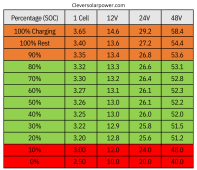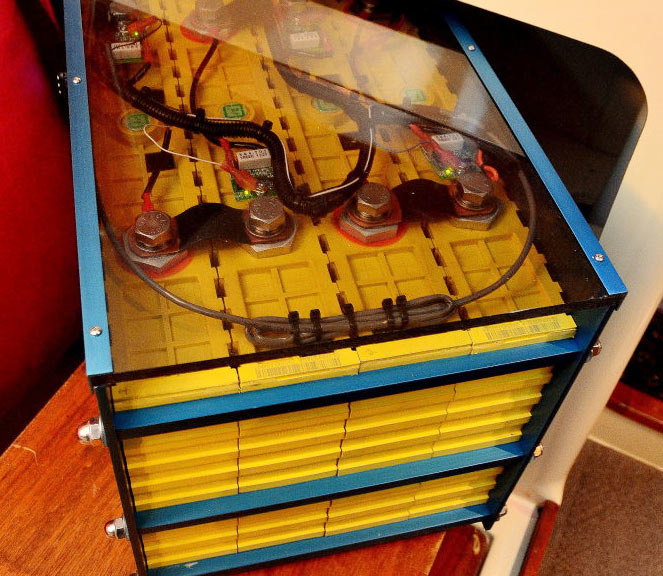Jeremyduckworth
New Member
Hello everyone Jeremy here new to the forum and to well all of this I've been researching reading and watching so many YouTube videos I feel like my brain might be fried. I have a 23' Duckworth Magnum Jet boat that I currently fish and take my wife and, on the way, (24 weeks along) baby girl out fishing and camping on I plan to start guiding out of this boat in the near future as well and have been wanting to complete a few projects prior to starting that. My boat is a 3/4 High top hard top with camper canopy 8hp Yamaha kicker motor and a 460 Kodiak ford inboard pushing a Hamilton 211 jet pump my current starting battery and house battery are both AGM I have no controller just a 1 2 both off switch and outside of alternator charging they get pulled out and hooked to a battery tender then put back in the boat. I have no way to run power out to where the boat is stored on the property without running 300 ft of extension cord and would rather not. What I am hoping to get some advice/clarification on is how to adapt my system to one add lithium house batteries I'm looking at 200-300AH system and keep the AGM cranking battery as I can't find any definitive answers on the newer lithium starter batteries and if they are actually safe for use with inboard boats. I see Australians adding lithium batteries to their vehicles all the time and loving them and I've seen where companies like Dakota and MTech have cranking batteries that are supposed to be rated to use with alternator charging on normal vehicle engines. if they are then I would like to go that route vs the dc-dc system I would also like to add solar to my hard top and be able to have that form of charging for the batteries as well as be able to run my 3000 watt inverter so I can add a mini fridge freezer to the boat I already have sink stove and toilet on board but want to ensure the Mrs. and little one will have everything they need to be comfortable. electronics wise as of now is pretty minor I run two VHF radios a Lorance fish finder and radar and all the lights through the boat are in the workings of being converted to LED just waiting on a few more to come in the mail. I see the 400 watts with alternator charging kit on the website and that really helped me have a good understanding of everything I had been reading and finding other places but what might other options be as well as things I might be missing. Also, for an understanding with the 460 the amount of time spent at idle is relatively a short period of time allowing the engine to warm up while getting away from the dock and into open water then it's spent at around 3000-3400 RPMs for all the rest of the time it's really running all fishing is spent with the kicker or without power. Any advice or ideas on how to proceed? As stated before if I could safely run the lithium cranking battery as well as house batteries that would be my preferred method otherwise keeping the AGM cranking battery and running lithium house batteries would be the route I'd take.
Thanks in advance for any and all help in the matter and if anyone is in eastern Washington and enjoys fishing let me know.
Thanks in advance for any and all help in the matter and if anyone is in eastern Washington and enjoys fishing let me know.





